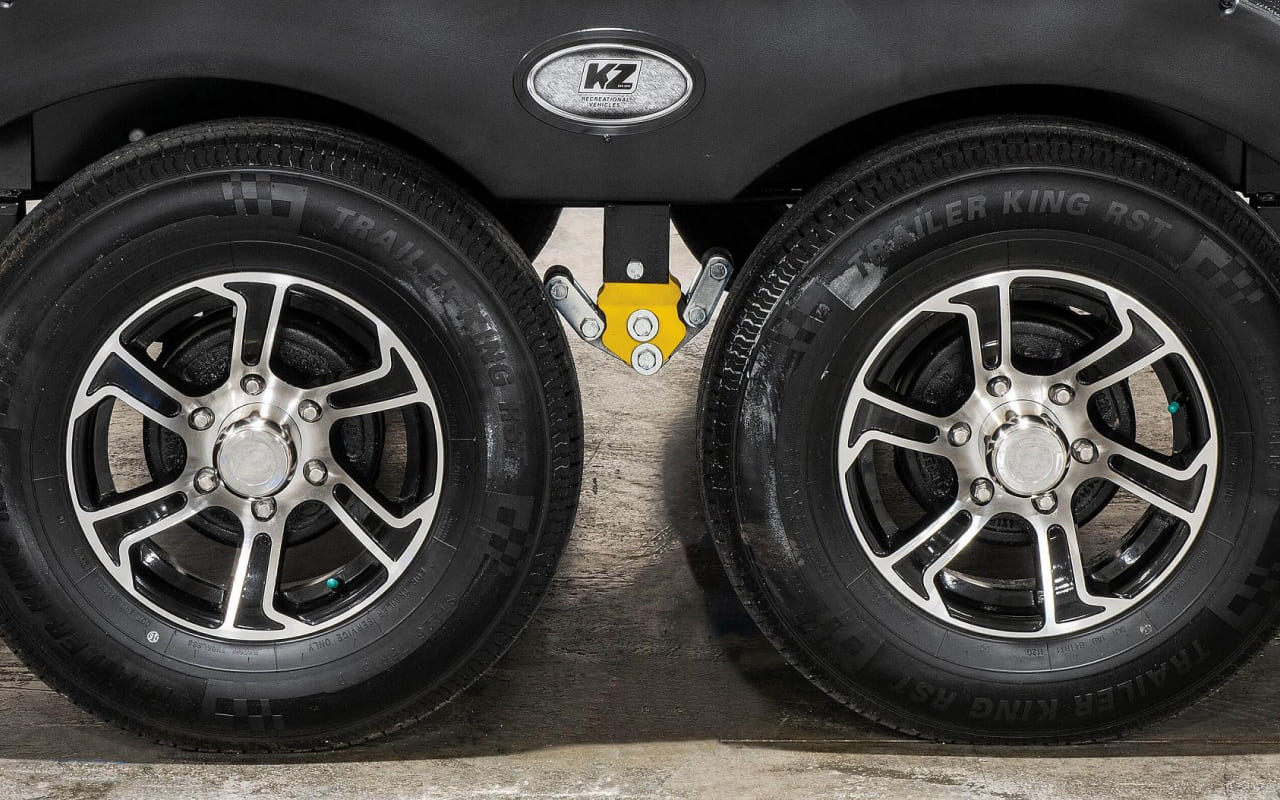
All RVs have different types of RV batteries they use to power everything from the engine of your motorhome to the lights in your coach. This guide from the RV service experts at Lazydays offers insight into the different types of RV batteries and how to properly maintain them.
RV HOUSE BATTERIES
Both motorhomes and towable RVs have house batteries to help power items like TVs, water pumps, fans, lights and RV appliances. Depending on the size of your RV, you could have 12-volt batteries or 6-volt batteries installed in pairs so that their combined voltage is 12. House batteries tend to be deep cycle batteries, which come in three distinct types: wet batteries, gel batteries and dry batteries. Deep cycle batteries provide a steady amount of electricity over a long period of time, which works well for powering appliances and other electrical items in your RV.
RV CHASSIS BATTERIES
Chassis batteries, otherwise known as starting batteries, power your motorhome’s engine. Unlike deep cycle batteries, chassis batteries need to deliver high bursts of energy for shorter periods of time. These are the same types of batteries that are used in your car; however, many chassis batteries have a larger CCA (Cold Cranking Amps) rating to accommodate the larger RV engine.
RV BATTERY MAINTENANCE
The RV service experts at Lazydays recommend to achieve maximum performance and longer battery life. RV battery maintenance should include cleaning terminals and posts, test-cranking amps/volts, topping off battery fluid and applying anti-corrosive spray on battery posts. It’s also important to note that different types of batteries require different levels of maintenance. Wet batteries, for example, should have their fluid levels topped off every 30 days, while lithium-ion batteries require almost no maintenance at all.
Both house batteries and chassis batteries need to be re-charged regularly, though it’s especially important to keep house batteries charged, as sulfate tends to collect on the plates between charges. Once too much sulfate collects, a new charge will no longer remove the sulfates, which will lead to a dead battery. Most inverter systems have an equalization function that when performed regularly helps to minimize this. A good rule of thumb is to make sure that your batteries never go below a 50% charge. The advantage of lead acid batteries is they can be recharged over and over. That being said, battery acid is extremely corrosive, so it’s important that you wear rubber gloves and eye protection whenever working around your RV battery.
If you’re looking to have your RV serviced by a professional, Lazydays offers different levels of routine RV maintenance packages for trailers and motorhomes. With these service packages, you can save you up to 25% on the annual RV services you need to keep your RV running smoothly and safely. And if you need to completely replace your batteries, our Lazydays RV Accessories & More stores are your one-stop shop for all of your RV parts and camping accessories, including the best RV batteries for your motorhome or towable. Schedule your appointment today and follow our RV lifestyle blog for more RV tips about everything from maintaining your RV generator to RV appliance maintenance.



